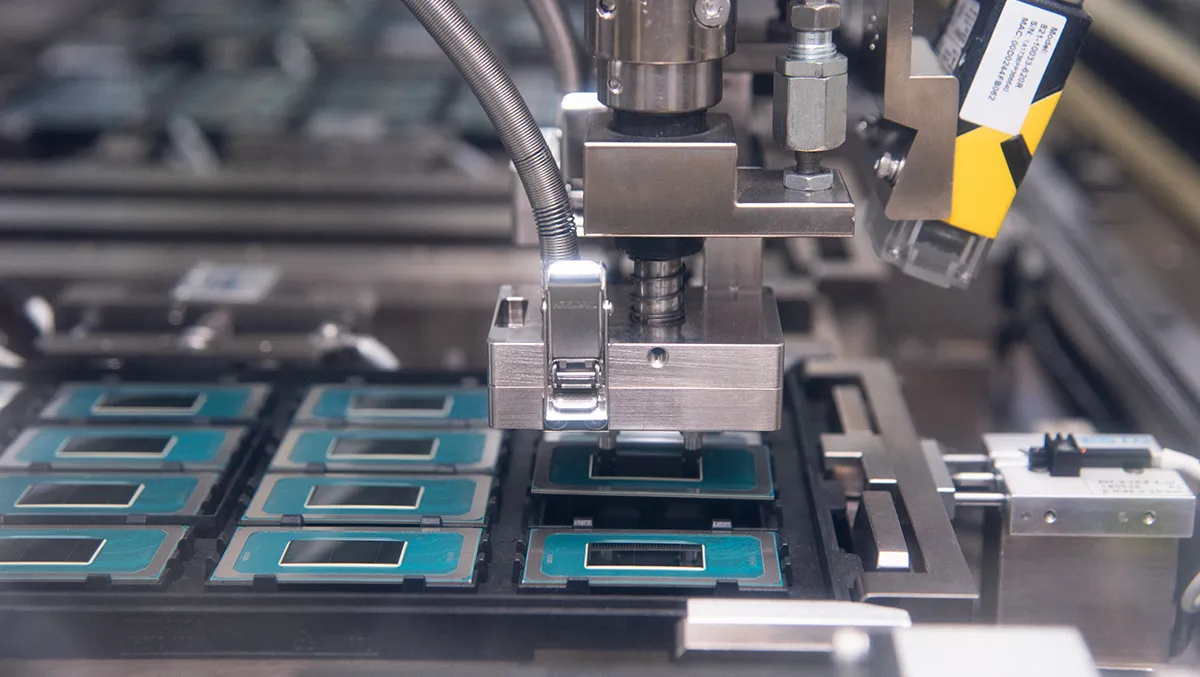
Millions of devices & hardware acceleration central to Intel's vision of AI
In a recent presentation, Tom Petersen, Intel Fellow and Director of Advanced Graphics Experience Engineering Solutions at Intel, laid out the company's ambitious vision for the future of artificial intelligence (AI). Petersen's insights shed light on how Intel plans to disrupt industries with AI, harnessing the power of millions of computing devices and hardware acceleration.
AI's Disruptive Potential
Petersen opened his talk by emphasizing his belief that AI will disrupt most industries. He highlighted the current reliance on cloud-based AI, even in handheld devices, and the limitations this imposes. By moving AI closer to the device, Intel aims to optimize processes, reduce latency, and enhance privacy.
Millions of devices
Intel's vision includes harnessing the power of computing on tens of millions of devices, creating a massive computational engine for large-scale AI. This approach will improve scale, reduce latency, and enhance privacy. Petersen also emphasized the importance of making AI acceleration more affordable, especially for smaller companies.
AI's Future Applications
Petersen's excitement was palpable as he discussed future applications of AI, including context-aware systems, organizational personal assistants, and content generation. He stressed that hardware acceleration for inference on the client will dramatically change the AI landscape, making it more personal and limitless.
Intel's Strategy
Intel's strategy revolves around creating the most power-efficient inference engine and a complete, easy-to-use software base. The company plans to use open APIs across the entire stack and engage in more direct staff development.
Intel's multiplexing strategy includes a CPU, GPU, and an MPU, each serving different purposes. Petersen explained the complexities of choosing between these units for different applications, emphasizing the importance of efficiency.
Demonstrations and Applications
Petersen and his team demonstrated the power of Intel's technology through various examples, including text-to-image and text-to-body transformations. They showcased the ability to separate and manipulate audio tracks, change tones, and more, all powered by Intel's technology.
Collaboration with Microsoft
Intel's collaboration with Microsoft was highlighted, with the two giants working together on apps, Windows Studio effects, and integration with major providers. Petersen emphasized the importance of software in making AI accessible and efficient.
Hardware Innovations
Petersen also touched on Intel's hardware innovations, including the GPU's massive bandwidth and special instruction DP4, which increases throughput by splitting a 32-bit integer into 8-bit chunks.
Petersen concluded by summarizing Intel's vision for AI, emphasizing the company's readiness to unleash new AI applications on the world's workloads. With up to 8x more efficiency for workloads running on the previous generation and support for performance scaling, Intel is positioning itself at the forefront of the AI revolution.
Intel's bold vision for AI paints a picture of a future where AI is more accessible, efficient, and personalized. By harnessing the power of personal computers, hardware acceleration, and strategic collaborations.


